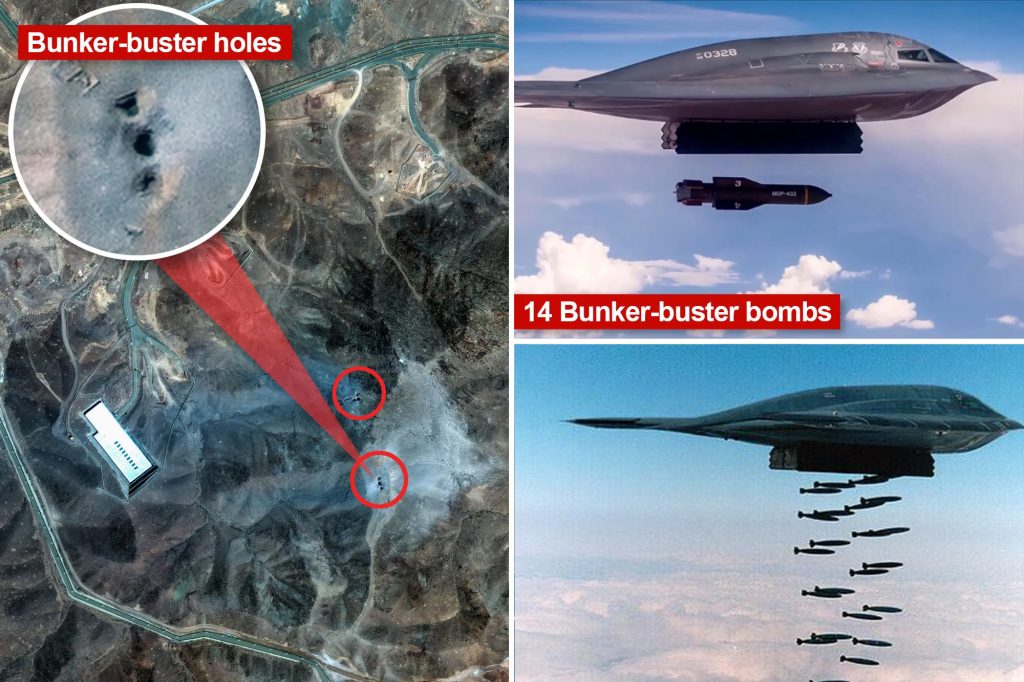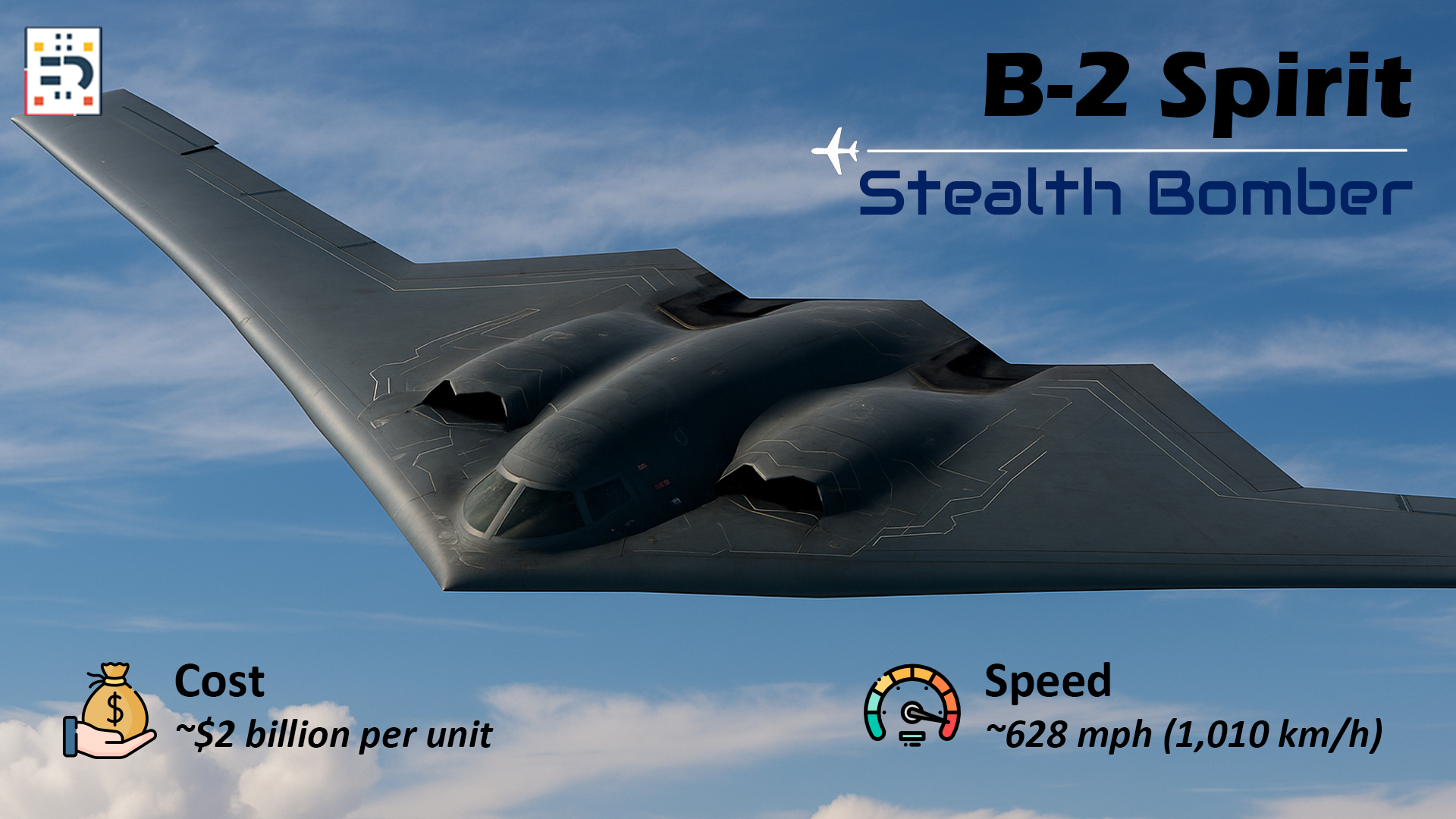Few aircraft capture the imagination quite like the B-2 Spirit, better known as the Stealth Bomber. With its futuristic flying wing design and radar-evading capabilities, the B-2 isn’t just an engineering marvel—it’s a symbol of strategic deterrence and technological dominance.
The Birth of a Stealth Icon
Developed by Northrop Grumman and first introduced in the late 1980s, the B-2 was part of a secretive Cold War project aimed at creating an aircraft that could penetrate dense Soviet air defenses undetected. Its unique design and composite materials drastically reduce its radar cross-section, allowing it to slip past enemy detection systems.
Although conceived during the Cold War, the B-2 was first publicly unveiled in 1988 and made its operational debut in the 1999 Kosovo conflict. Since then, it has been used in various military operations, including in Iraq, Afghanistan, and Libya.
Design That Defies Detection
The B-2’s sleek, flying wing design is more than just visually striking—it’s a key reason the aircraft is so stealthy. There are no tail fins or protrusions that could reflect radar waves. Instead, everything about the aircraft, from its angle of surfaces to its radar-absorbent materials, is optimized to make it virtually invisible to enemy radar.
Even its engine intakes are shielded and its exhaust is cooled to minimize infrared signatures, reducing the chance of heat-seeking missiles locking on.
Power, Range, and Precision
- Speed: High subsonic (~628 mph / 1,010 km/h)
- Range: Over 6,000 nautical miles unrefueled
- Payload: Up to 40,000 pounds of conventional or nuclear weapons
One of the B-2’s most powerful features is its global strike capability. It can fly from the U.S. mainland to any target in the world and back, thanks to mid-air refueling. It’s also equipped with cutting-edge avionics and can deploy a variety of precision-guided munitions.
Exclusively American
Only one country in the world operates the B-2 Spirit: The United States. The aircraft is based at Whiteman Air Force Base in Missouri, under the command of the U.S. Air Force Global Strike Command. No B-2 bombers have ever been exported or sold to other nations due to their strategic importance, extreme cost, and the sensitive stealth technologies involved.
This exclusivity enhances its mystique and solidifies the B-2’s role as a unique cornerstone of U.S. military power.
June 22, 2025: U.S. B-2 Stealth Bombers Strike Iranian Nuclear Sites Amid Rising Tensions
In fact, according to recent reports, U.S. stealth bombers were reportedly involved in precision airstrikes targeting key military infrastructure in Iran, following rising tensions in the region. While details remain classified, defense analysts suggest such missions highlight exactly why the B-2 remains vital to America’s long-range strike capabilities.
Source: BBC News – U.S. launches airstrikes on Iran

Stealth Meets Strategy
The B-2 isn’t just about striking power—it’s about strategic flexibility. Its ability to operate undetected deep inside hostile territory makes it a key asset in first-strike scenarios, where disabling enemy defenses early is critical. It also serves as a visible deterrent, often used in shows of force around the world.
Though only 21 B-2 bombers were ever built (and fewer remain in active service), their presence looms large. At nearly $2 billion apiece, they are among the most expensive aircraft ever made.
The Road Ahead
The B-2 is expected to remain in service until at least the 2030s, when it will gradually be replaced by the next-generation B-21 Raider, another stealth bomber from Northrop Grumman that promises even more advanced capabilities.
Still, the B-2 Spirit has carved its name into aviation history—not just as a weapon of war, but as a masterpiece of aerospace innovation.
Closing Thought
The B-2 Spirit embodies the idea that true power doesn’t always make noise. Sometimes, it’s what you don’t see that changes the game.


